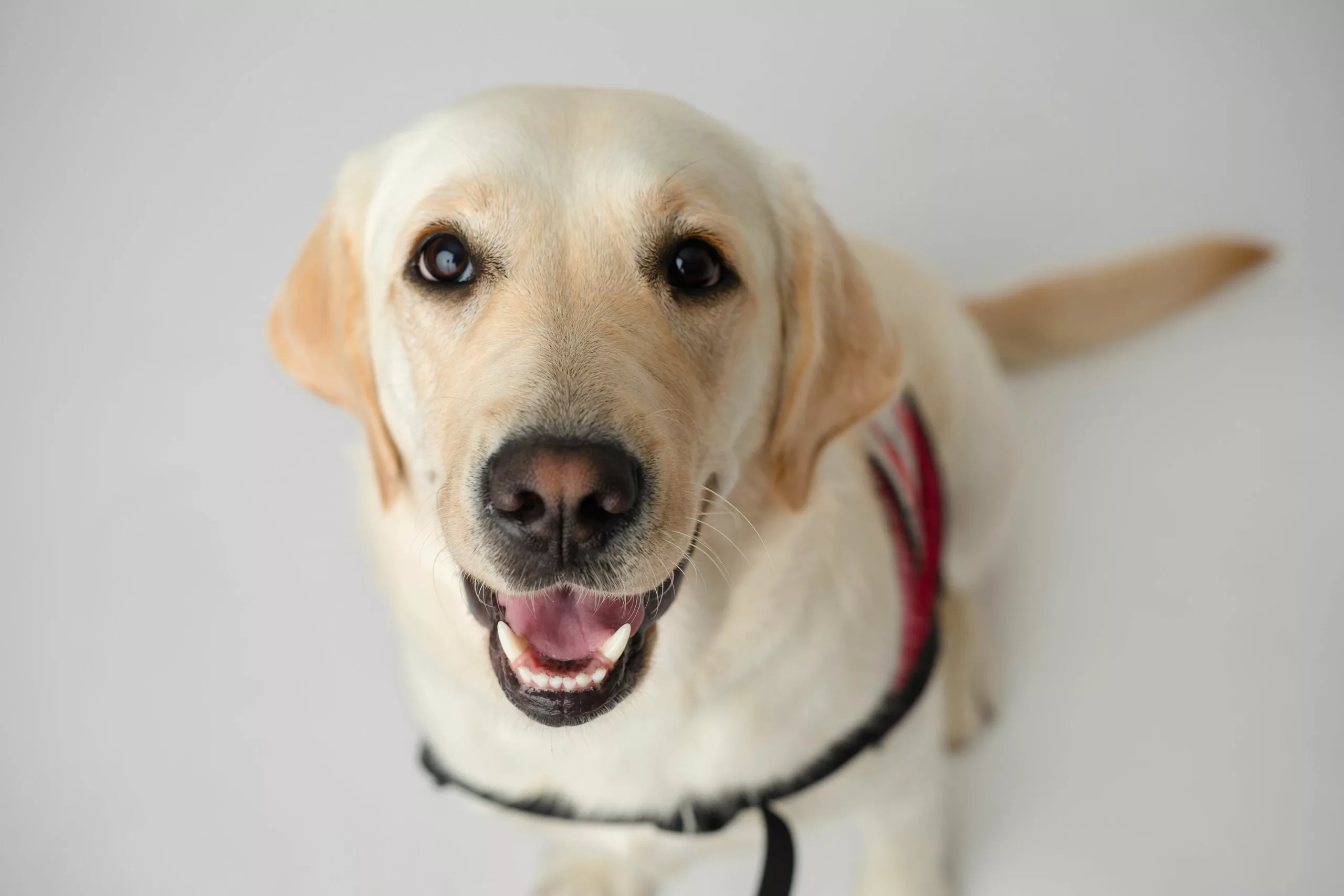As Sandy was approaching her teen years, she never thought she’d end up withdrawing from the world just when her friends were exploring it more. Four years ago, Sandy started becoming dizzy and unable to hear as much as she normally could. She was diagnosed with vestibular migraines though the cause is still a medical mystery. Sandy’s visual processing was impacted so she is easily overwhelmed by lights and movement. Her migraines are triggered by sounds, lights, vibrations, stress, fatigue, and basic stimuli she encounters on a regular basis. Vertigo, instability, and a heightened sensitivity to motions around her are …
Feature Stories
English Teacher Learns a New Language
Learning principles can transcend communication barriers, and Kathy Weihe especially appreciates this as a retired English teacher. After spending her career helping others understand their new native language, it was not unfamiliar to work with a partner whose first language was a foreign one, such as her new canine companion. During her teaching career, Kathy started to notice that holding papers as well as getting up from kneeling became more challenging. Ultimately the sudden fatigue she would encounter caused an earlier retirement than originally planned. She was diagnosed with multiple sclerosis, and continued to see more ways that the condition …
The Journey to Scout
Becoming a Dog Person Karen Kelley never imagined she’d become a doting dog lover in her retirement years. But three years after retirement, wherever Karen goes, a handsome Labrador Retriever named Scout is at her side. She’s Scout’s source of treats, commands, and tosses of the “tuggy.” And Scout is, literally, her lifesaver as her Diabetes Assist Dog, alerting her when her blood sugar drops and getting whatever help she needs. When Karen developed Type 1 diabetes out of the blue about 16 years ago from a virus, she was shocked. Needing constant injections “broke my heart,” she said. Karen …
Welcoming a Chance for Change
Unexpected Changes Melissa is an active young lady–attending college, traveling, and participating in a dedicated theater life. However, last year, she began experiencing alarming symptoms that caused serious health issues. Doctors said her autonomic (involuntary) nervous system was being affected, specifically her blood flow regulation. She was diagnosed with postural orthostatic tachycardia syndrome (POTS). This means that Melissa’s blood pressure will suddenly drop after she changes position, such as sitting to standing. She feels waves of intense fatigue and if she moves too quickly or overexerts herself, she can pass out. She has episodes where she is debilitatingly dizzy or …
A Ray of Light and a New Life
When Your Life Suddenly Changes To have the life you know taken away in an instant is an unthinkable event. In 2009, it became Dawne’s reality. Dawne sustained a traumatic brain injury (TBI) that resulted in a delayed grand-mal seizure. Months later she fell into a coma and developed further complications including seizures, episodes of a sudden chemical imbalance, migraines, overall mobility weakness, fatigue, and pain. Healing has been a long journey. She had to relearn how to talk, walk. Dawne tried everything she could to regain her independence but faced a debilitating disability. She felt like she lost who …
On Her Own but Not Alone
When Debi Stave’s daughter recommended she look into applying for an assistance dog, Debi could not have imagined what a difference a canine companion could make in her life. Debi had never owned a dog before and is now living proof that it’s never too late to learn a new trick. She has been adjusting to life with Parkinson’s disease for the past eight years and didn’t initially think she needed a dog to help her. Debi remembers wondering, “Well what could he do for me?” Her initial doubt changed quickly, once Stanley moved in “I learned different, having him,” She …
Our 700th Team! Aidan and Abbot: A Perfect Balance
By Tina Mortimer 12-year-old Aidan has a big personality, which makes him naturally at ease in front of a camera—a good thing since he’s been on camera quite a lot lately. He’s appeared in educational videos for his middle school, his Boy Scout troop, Can Do Canines, and most recently, in a story for Fox News. The network featured Aidan and his Mobility Assist Dog, Abbot, for being the 700th pair brought together through Can Do Canines. This was a huge milestone, not only for Aidan and Abbot but for our 30-year-old organization. Hearing Aidan speaks, you’d never guess he …
Volunteer Spotlight: Catherine Bjerkebek
If you’ve ever been to the Fetching Ball Gala then you know it’s quite the event. From the silent auction to the games, from the program to the food, it is clear that there are a lot of balls in the air. And one of the very important people keeping everything in rotation is Catherine Bjerkebek. “I first heard about Can Do Canines from a friend who lived in New Hope,” Catherine says, “Her mother had raised and loved several Golden Retrievers, and when her husband passed away, she was feeling very lonely. My friend thought that it might be …
A Perfect Partner
Tim and Mobility Assist Dog Leonard Uncertainty and a pressing need Tim wasn’t sure what to expect when he first applied for an assistance dog. Yet, since Mobility Assist Dog Leonard came into his life, every day has held many life-changing experiences. Tim is living with primary progressive multiple sclerosis, and when he first sought out an assistance dog, his biggest need was help retrieving dropped items. Only five years, he was fully ambulatory. Since then, his multiple sclerosis has progressed and he now requires daily use of a wheelchair. His needs require a unique partner and Leonard is a …
Volunteer Spotlight: Jackie Culver
Wisconsin resident Jackie Culver has found that being a Prison Foster with Can Do Canines allows her to have dogs in her life while still allowing her to travel in her retirement. “I first heard about Can Do Canines from my daughter Jamie Mueller,” Jackie says. “She knew the only reason I didn’t have my own dog was because I’m gone often. She had seen an article on the back of their newspaper about Can Do Canines and went online to find out more. She and her husband got into volunteering with their first Great Start. My first pup was …





